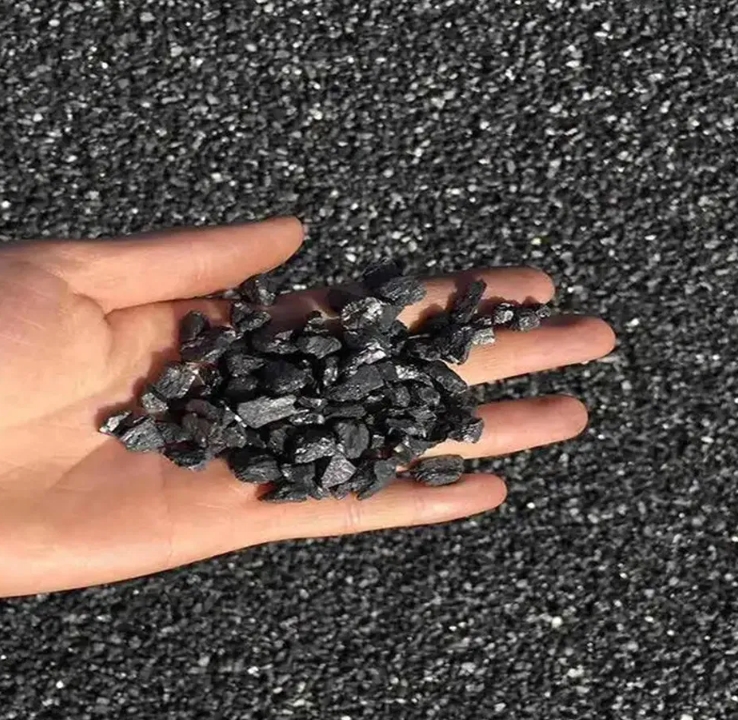
Graphite Petroleum Coke GPC is an additional carbon addition for steelmaking. It is used for increasing the carbon in the steel melting process. This makes it more efficient, and reduces the amount of alloying materials needed. In addition to this, it can be used as a high-temperature refractory material for metallurgical furnaces and foundries.
GPC is made by distilling petroleum into coke, which is a carbon-rich material. Coke was historically made from coal that was partially burned into charcoal. However, it is now increasingly produced from petroleum refinery residues.
Coke has a low melt point and is a solid, odorless black substance. It can be ground to a fine powder, or shred into a briquette that is used in electric furnaces. Coke is used in many other industrial applications. For example, it can be used to make graphite electrodes for electric furnaces.
During the ECE process, calcined petroleum coke is rearranged into an ordered graphite crystal structure to form GPC. The crystalline structures improve the electrical conductivity of the material and its thermal stability, as well as its corrosion resistance. Graphitized petroleum has a higher content of carbon and lower impurities compared to calcined petroleum.

Before starting ECE, it's essential to identify what type of petroleum is being processed. This can also be done using a chemical analysis to determine the amount of sulfur, nitrogen, oxygen and carbon in the material. The density of the coal is also a key identifier. It affects how it's handled, stored and transported.
After the ECE has been completed, the final graphitized oil coke must be separated from the unreacted mother material. This is achieved through a two-step process of centrifugation. The first thing to do is centrifuge the material at a low (2000 rpm) speed for 10 minute. This will separate unreacted, non-graphitic smaller particles from the reaction mixture.
After the initial centrifugation process, the supernatant will be collected and used for further processing. The second step consists of centrifuging the mixture for 20 min at a higher speed (5000 rpm). This will separate the unreacted, non-graphitic materials from the graphitized petroleum slag.
The morphology is differentiable using optical microscopes. The CK-1 sample has jagged, angular edge with no layers while the CK-2 & CK-3 samples have more rounded edges with clear layers. The CK-1 and CK-2 sample Raman spectra also show a 2D peak, indicating they have been exfoliated into graphite. The CK-3 sample on the other hand does not have a 2D peaks, indicating it has not been exfoliated. This information is vital for the proper handling of the coke and its transport to prevent damage.

Write a Message